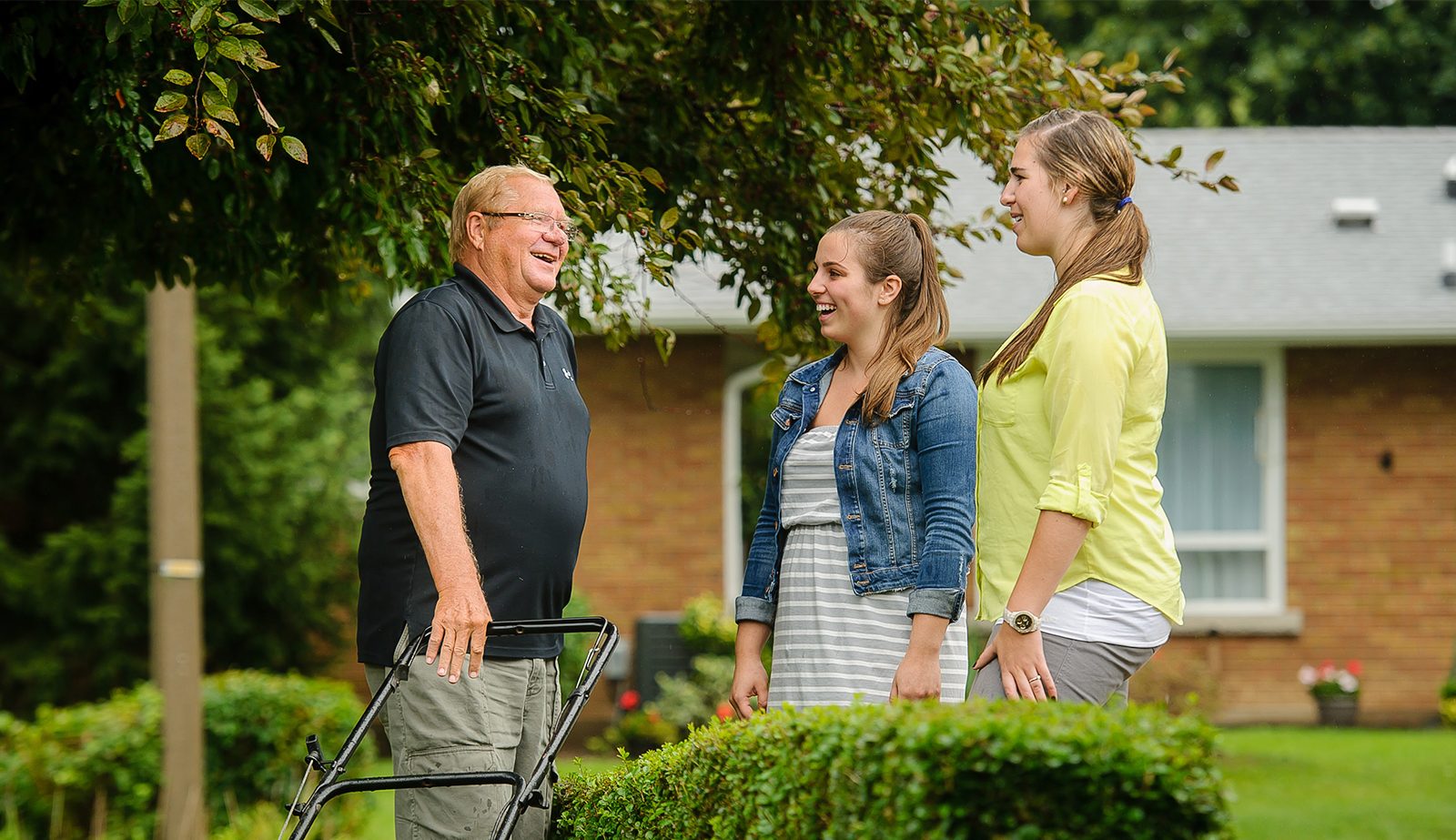“The solutions to the problems in our neighborhoods aren’t ultimately found in the government, police, schools, or in getting more people to go to church,” Runyon and Pathak wrote in their book. “The solutions lie with us. It’s within our power to become good neighbors, to care for the people around us, and to be cared for by the people around us.”
That’s where becoming a good neighbor begins. It begins with how a man thinks. Instead of seeing the place he lives only as the place he hangs his hat, he begins to see the place he lives as a place he influences. He knows it’s up to him to make things better.
Author Malcolm Gladwell in The Tipping Point agrees. Exploring the “broken windows” theory first articulated several decades ago, he described how even small things done or left undone in a neighborhood can spur crime rates up or down.
When litter isn’t picked up, when graffiti remains on a wall or fence, when a window is broken but not fixed—these can all communicate that a neighborhood is declining, Gladwell wrote. And when people’s outward environments appear to decline, people tend to respond socially with less care, thus the potential for increased crime.
The opposite is true as well. Just as lapses in signs of care and concern can set off an escalation in deterioration, so can positive actions create a chain reaction of improvement. Thus, a good neighbor’s mindset is focused on how he can influence his neighborhood for the better, and he seeks to address problems while they are still small, nipping them in the bud. He feels a sense of ownership, sees his neighborhood as a reflection of himself, and knows his actions affect others. He begins to be a good neighbor simply and in small ways, undertaking the responsibility of creating an environment that he—and others—will want to live in.
2. The simplest way to become a good neighbor is to smile, wave, and get to know names.
I was out for a walk the other morning when I saw a guy walking toward me on the street. I gave him a head nod and said, “Good morning,” as he passed, like I do whenever I meet anyone in my neighborhood. But the young man didn’t even look at me or respond in any way.
He was carrying a backpack bearing the name of our town’s community college, so that gave me a clue to his standoffish behavior. He may have had a test that morning and been focused on what lay ahead. He may have not heard me, or been in a bad mood and simply didn’t want to respond.
But I suspect it was something simpler. I’m not sure his exact age, probably around 18 or 19, but I suspect he was simply thinking more like a child and less like a man.
In this day and age, children are correctly taught never to talk with people they don’t know. If a 44-year-old stranger said good morning to my 10-year-old daughter as she waited for the school bus, I would strongly urge her to ignore him, even to run away.
But adult-aged neighbors need to be re-taught to engage with people they don’t know, at least when it comes to those who live near to them. If a car drives down my street and I’m outside mowing the lawn, I make it a habit to smile and wave. I see plenty of other adults doing the same thing.
The embryo of good neighboring is proactive friendliness. It means initiating a positive interaction with those you come in contact with. The simplest way to do that is to smile, wave, and learn your neighbors’ names. If someone moves in next door, take them an apple pie. If your neighbor goes out of town, offer to watch out for his place while he’s away.
3. Being a good neighbor means you treat others as you want to be treated.
Some years back when my wife and I bought our first house, we became fast friends with our next door neighbors, a couple about our age. We’d eat dinner together, we’d talk over the fence, we’d mow our lawns for each other when out of town.
They were the neighbors from heaven.
Then they moved out and another couple moved in. The woman was okay, but the guy was a grade-A jerk. There’s no polite way to say that. He was surly and rude, he made noise at all hours of the night, he held wild parties and left empty beer bottles on his front lawn. Other neighbors would actually complain to us—the people who lived closest to them—asking us to do something about it. Cowards.
They were the neighbors from hell.
The point is that when it comes to living in close proximity to other people, any number of relational issues can arise. No neighborhood is perfect, and it takes tact, timing, wisdom, forgiveness, boundaries, and at times courage to live alongside of other people.
Still, the best way to create a good neighborhood is to be a good neighbor yourself. As an adult, you might live in a suburban neighborhood, a rural area, or in an apartment in the city, yet wherever you live, the same principle holds true: your actions will affect others, and their actions will affect you.
This means you’re mindful of your actions. You realize you don’t live in a frat house anymore. You keep your music turned to a volume where it can’t be heard outside your walls. You pick up after your dog and keep him on a leash if your yard is unfenced. You carry your trash cans back inside the garage the same day as your trash is picked up.
When it comes to where you live, you help set the tone.

0 Comments